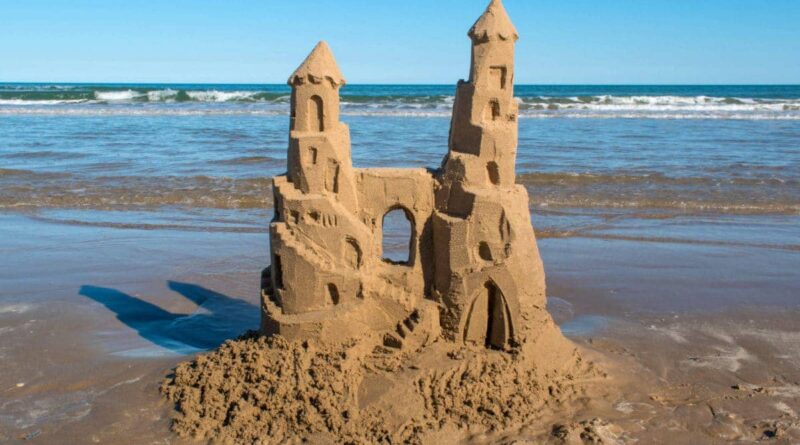How Can Sand Castles Stand Without Collapse?
How Can Sand Castles Stand Without Collapse?
Introduction The construction of sand castles is a timeless beach activity, enjoyed by children and adults alike. But have you ever wondered how these delicate structures, made from just sand and water, manage to stand tall without collapsing? The secret lies in the science of sand, water, and the intricate balance between them.
The Role of Water in Sand Castles Water plays a crucial role in the stability of sand castles. When water is added to sand, it acts as a bridge between the sand particles, creating surface tension. This surface tension holds the grains together, much like glue. The water forms menisci (tiny bridges) around the sand grains, increasing the friction and helping the grains stick together. However, there’s a delicate balance to be achieved – too little water and the sand can’t hold together; too much, and the structure will slump.
Understanding the Sand Structure The sand’s ability to form structures like castles and towers depends on the shape and size of its grains. Typically, beach sand, which is eroded by water and wind, tends to have rounded, uniform grains that stack well when wet. This uniformity is key to building stable structures. In contrast, desert sand, which is eroded by wind, is too fine and round, making it less ideal for sand castle building.
The Physics of Building Building a sand castle is not just about piling up sand and water. It’s a complex process that involves understanding the principles of physics. The method of packing the sand, the way the grains are arranged, and the compaction technique all contribute to the castle’s strength. The ideal method involves packing sand into a bucket, then flipping it upside down to create a stable base. This process aligns the sand grains in a dense configuration, maximizing their contact and cohesion.
Environmental Factors External factors such as wind, sun, and tides also play a role in the longevity of a sand castle. Wind can dry out the sand, reducing its cohesion, while the sun can cause evaporation, leading to a similar effect. Tides, on the other hand, can erode the base of the structure, leading to its eventual collapse.
Conclusion The art of building sand castles is a playful yet complex task that intertwines elements of physics, geology, and environmental science. It demonstrates how, with the right balance and technique, simple materials like sand and water can be transformed into stunning, albeit temporary, works of art. Next time you’re building a sand castle at the beach, remember the intricate science that’s keeping your creation standing.
